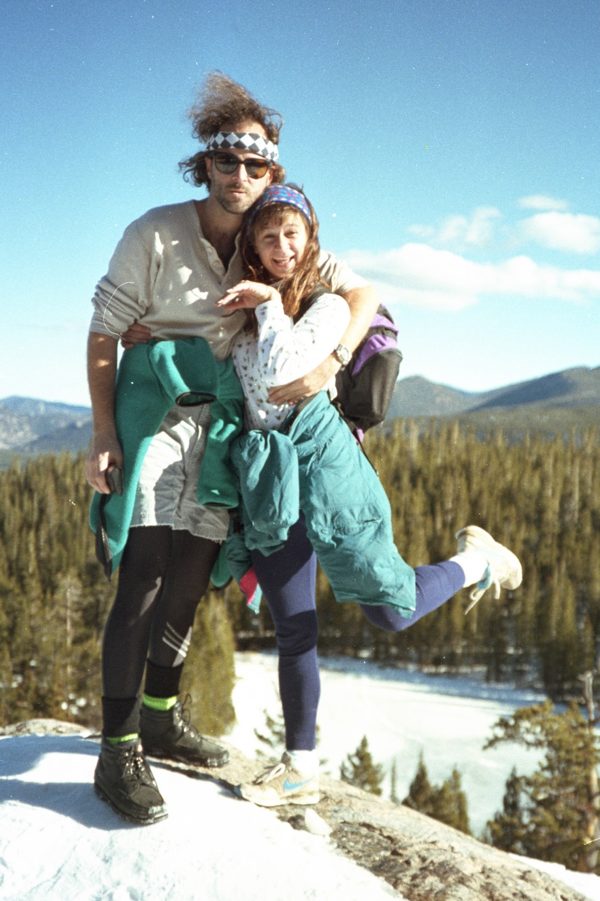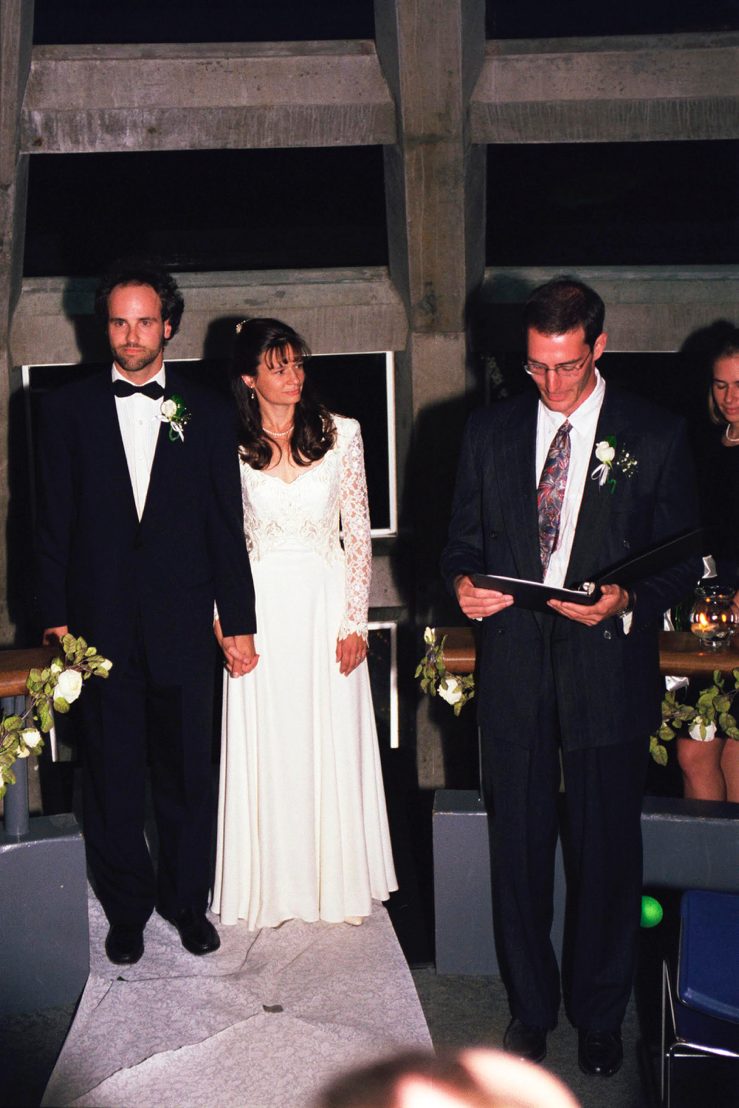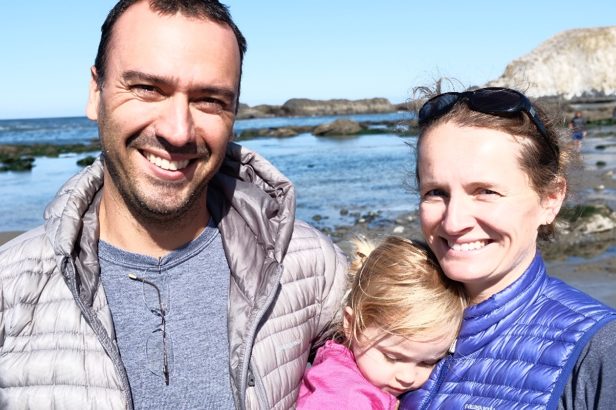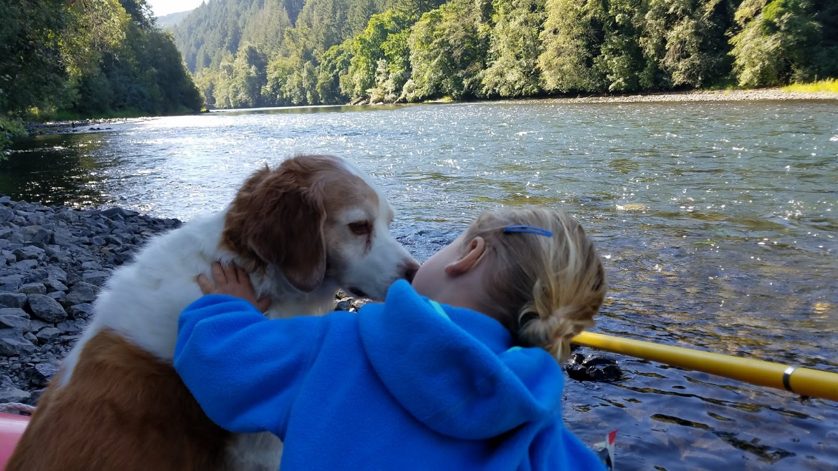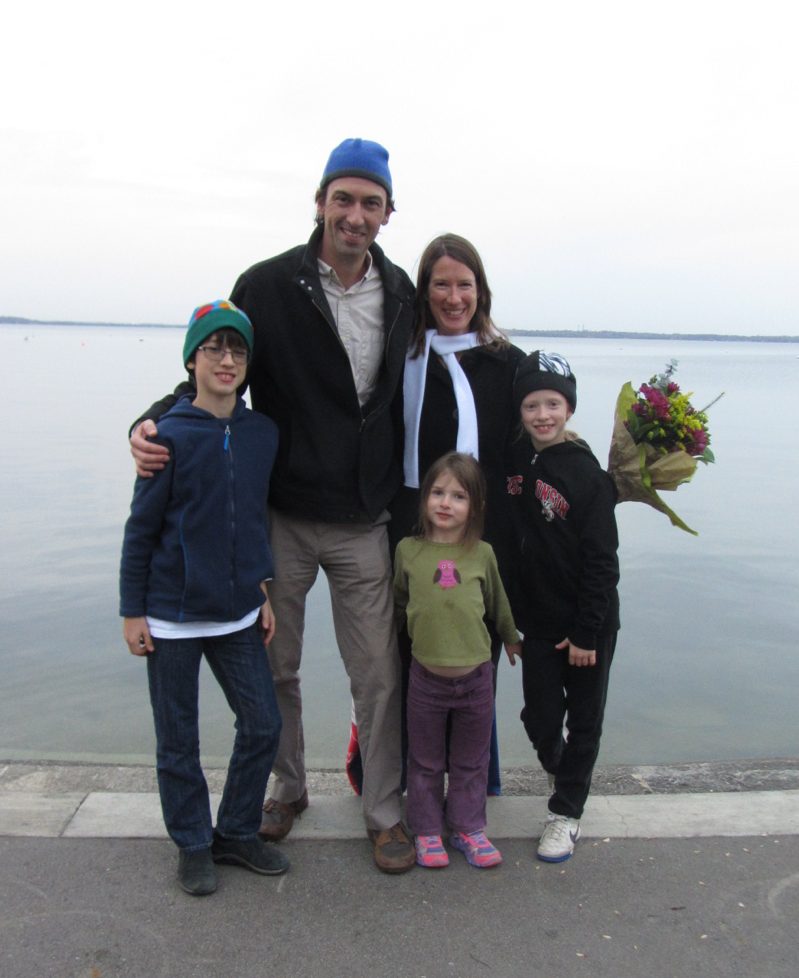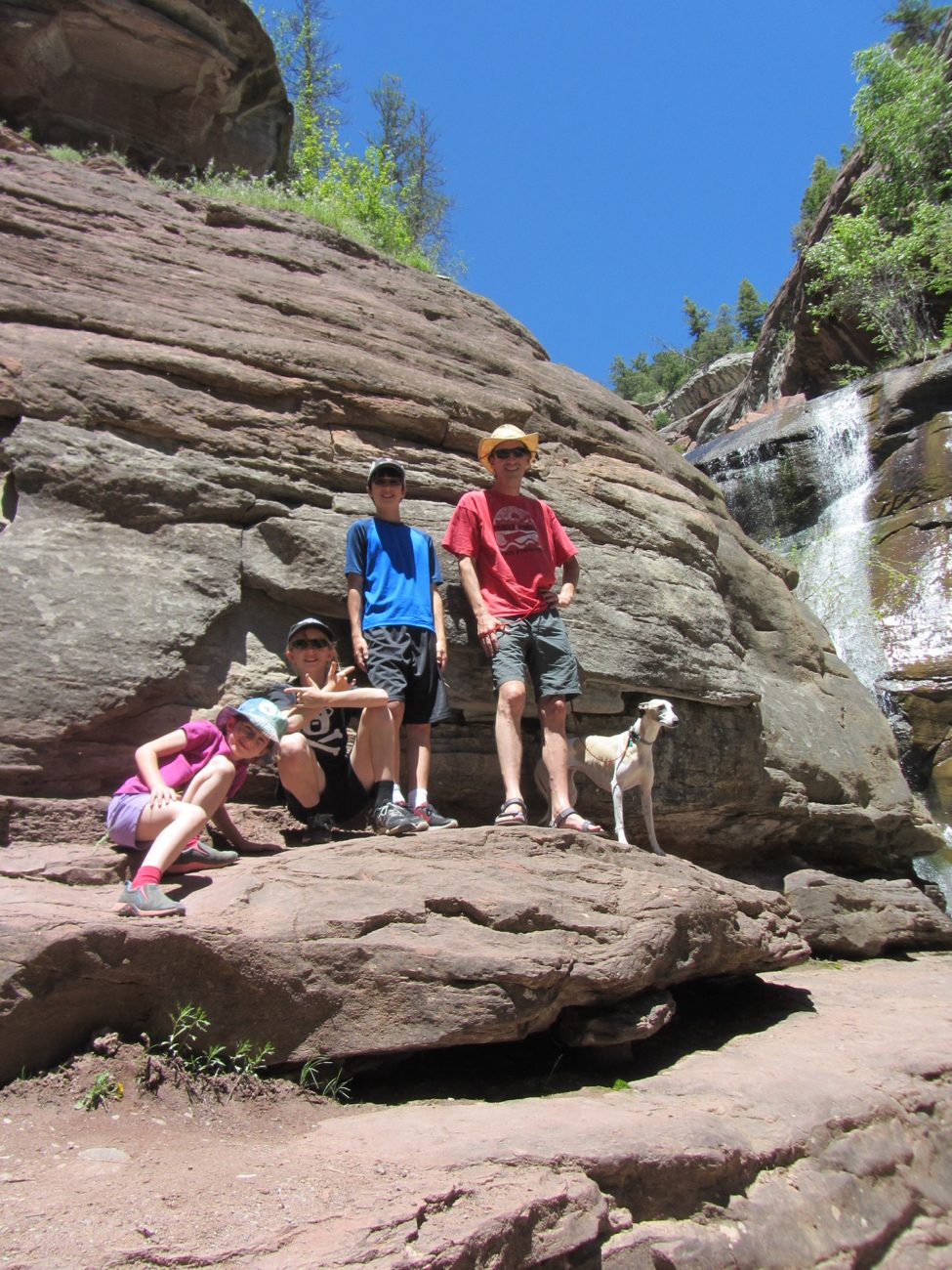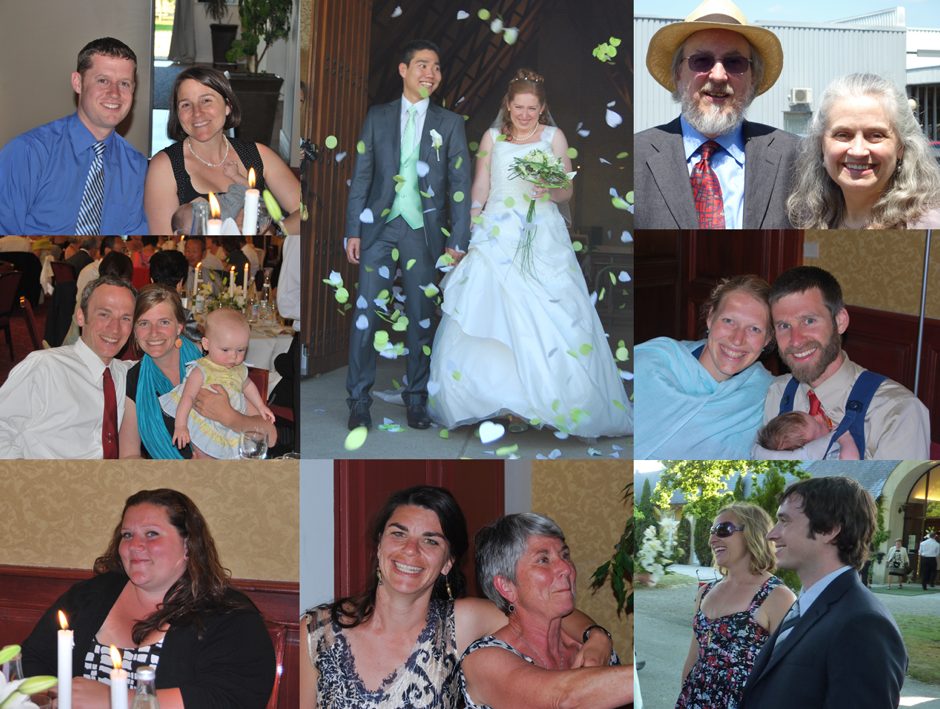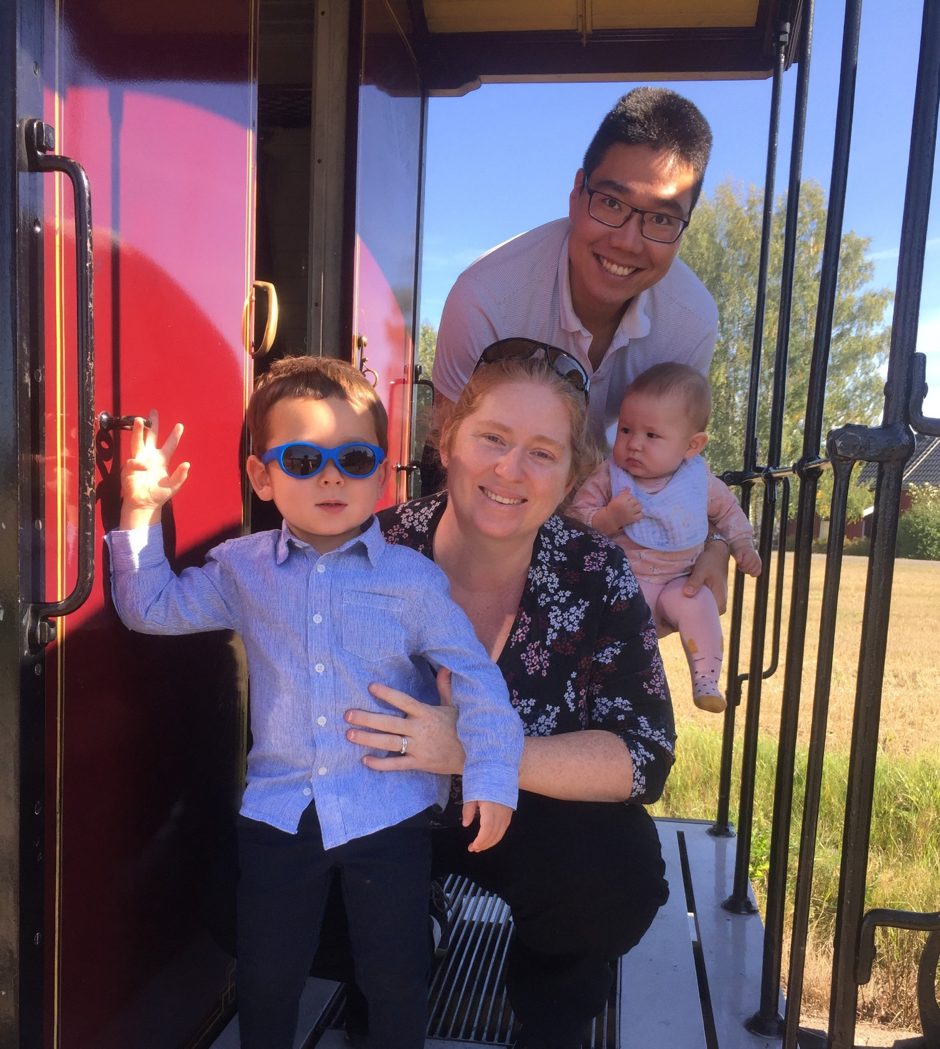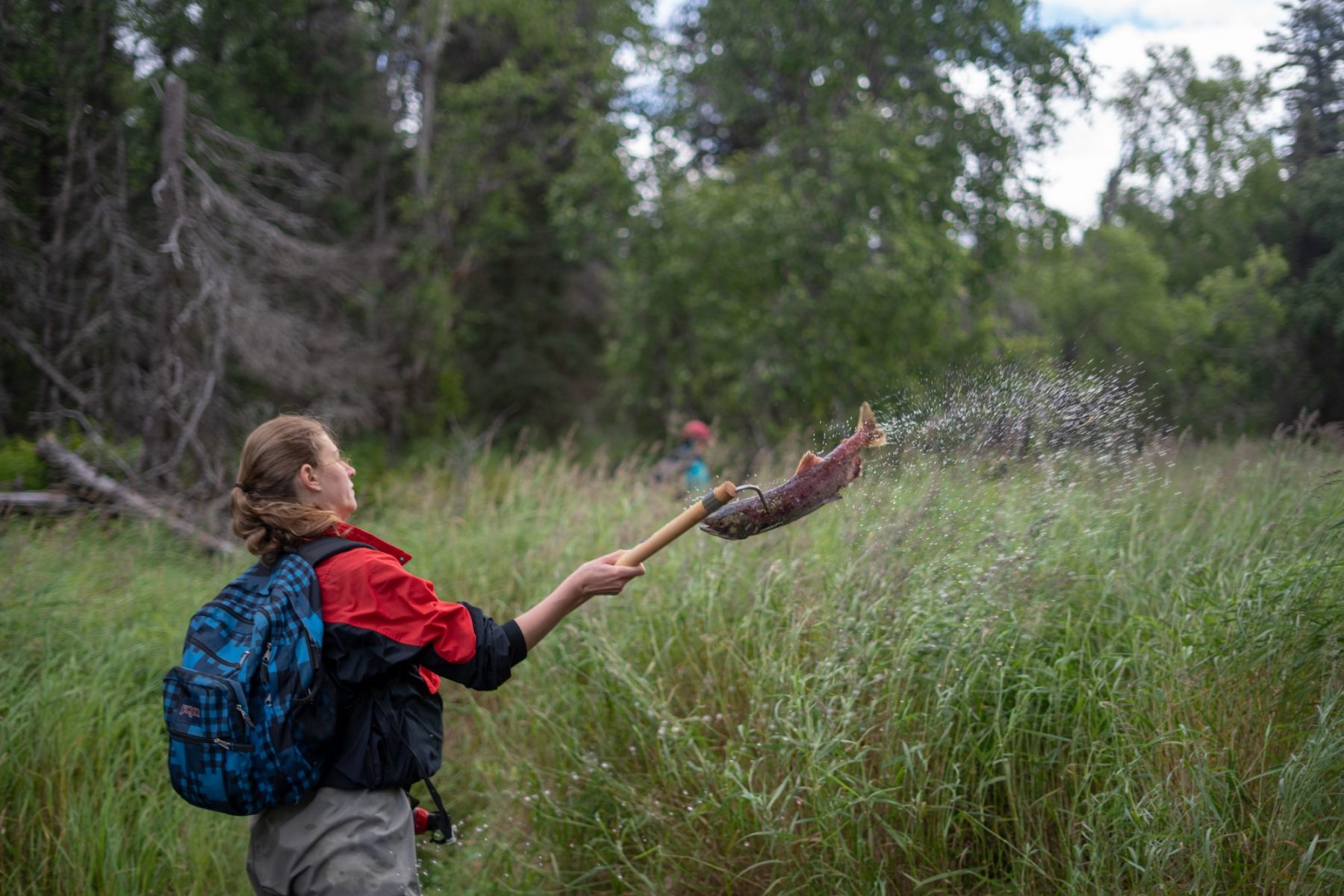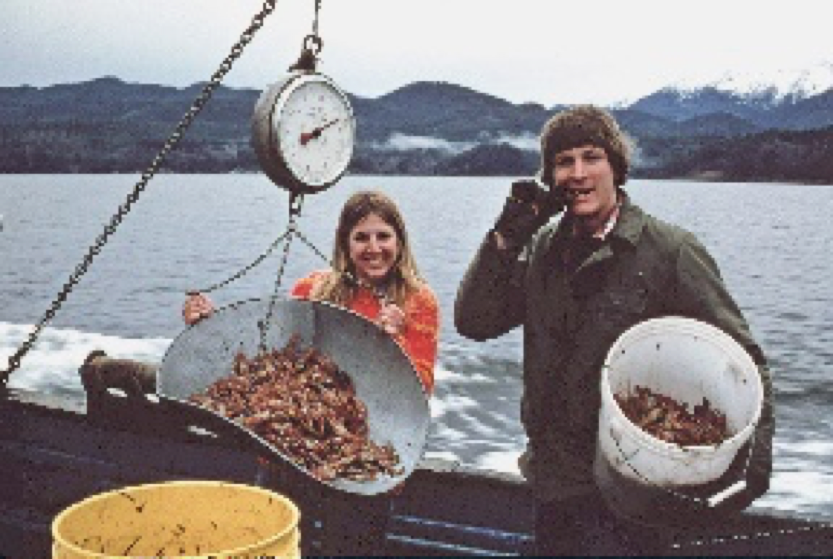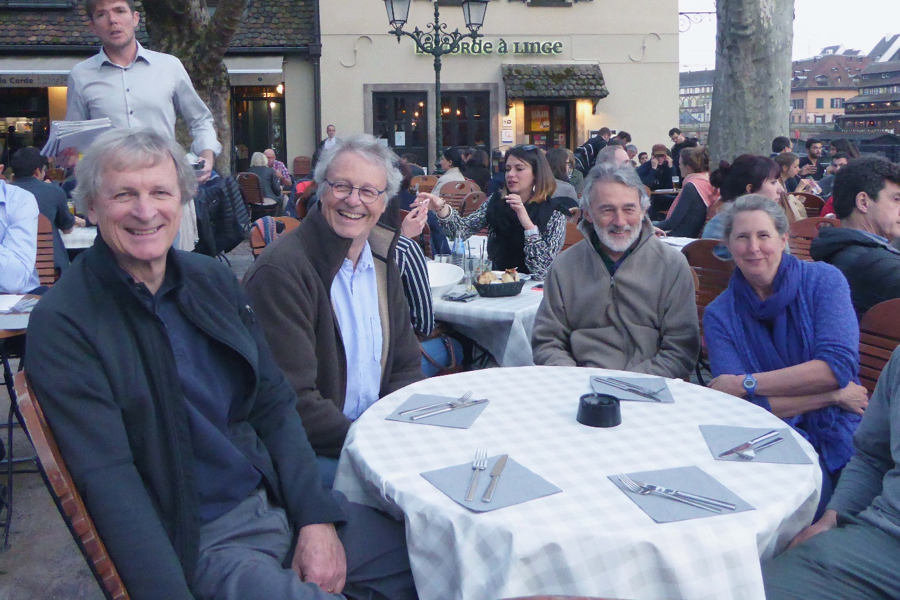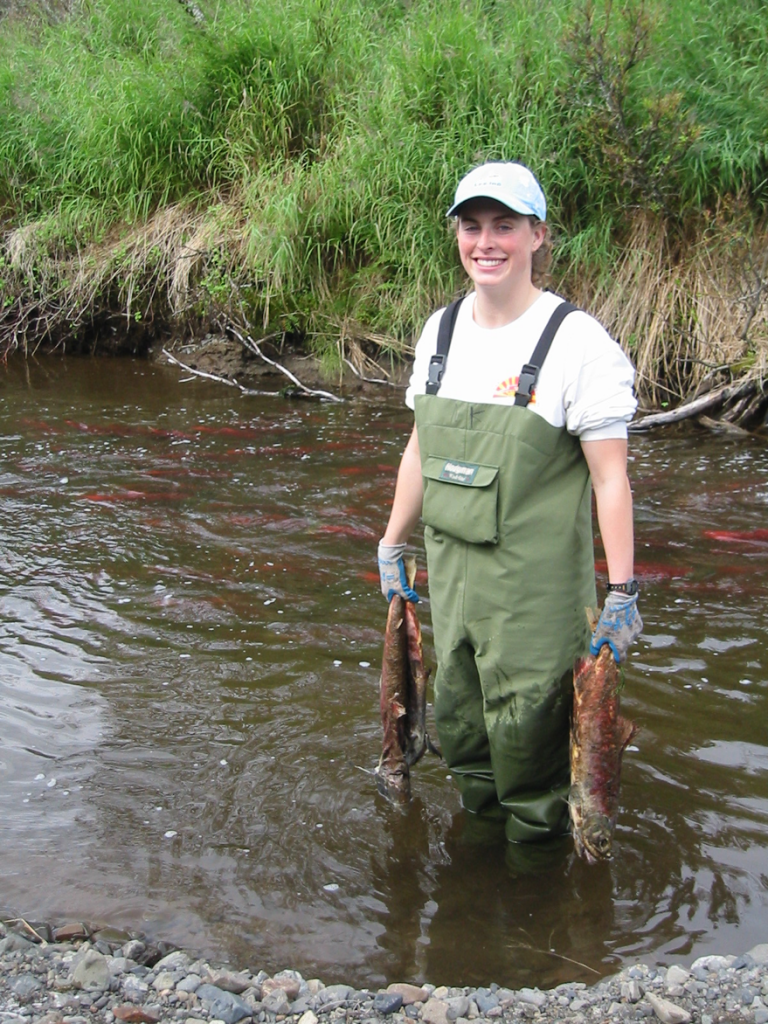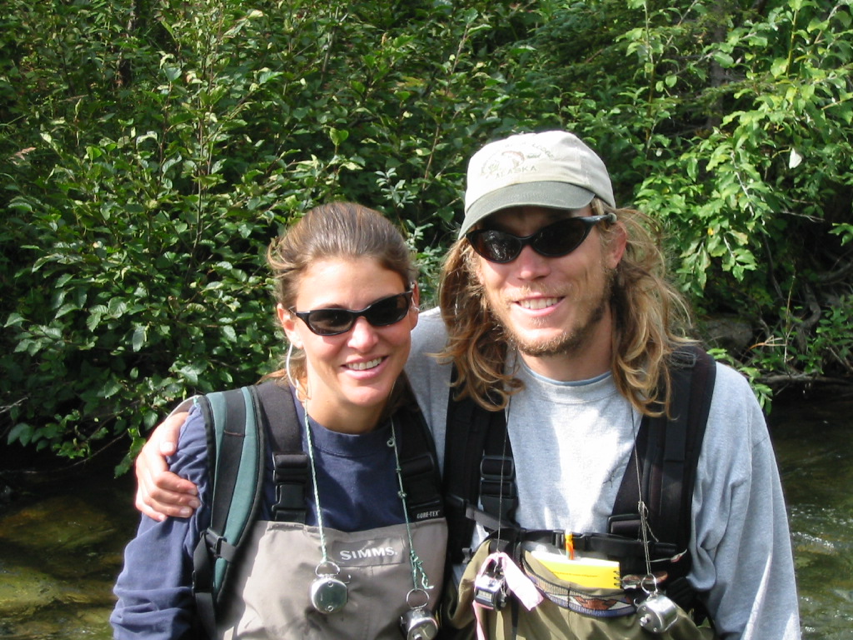Evi, the first child of Swiss emigrants, was born and raised in Alaska, where fish and fishing were a way of life. She spent her summers commercial fishing for salmon with her family on the Susitna Flats (between the Susitna and Little Susitna Rivers), just west of Anchorage, using set gillnets, living in a cabin precariously perched atop stilts above the intertidal flats, which served as her family’s “field station.” Evi also worked in a salmon roe cannery, where she was particularly adept at layering the top “show row” of eggs. Her continued affinities for fish, and fascination with the mysteries of microbial pathogens, lead to a double major in fisheries and microbiology at Oregon State University. She returned to her home state and worked for the Alaska Department of Fish and Game, both in the field on the Yukon River, and in the lab for the Fish Pathology Section. From there, she headed off to the School of Fisheries, where she earned her MS trying to develop a peptide vaccine against a salmonid virus with the late Marsha Landolt as her committee chair. Currently, she is the principal investigator who manages the aquatic biosafety level three (BSL-3) laboratory at the USGS Western Fisheries Research Center in Seattle. Her research focuses on studying exotic and invasive fish viruses and the various stress factors that lead to disease outbreaks in aquatic animal populations.
Blake became fascinated by fish during the first week of his advanced biology class at Middleton High School, where he discovered an abandoned 60-gallon aquarium with barely an inch of mineral supersaturated, mostly evaporated water remaining after having spent 12 weeks of suffocating hot Wisconsin summer unattended. Much to his surprise, he discovered a live bluegill desperately clinging to life, having not been fed for the past three months and forced to endure water hardness similar to that found in the Dead Sea. Blake restored the aquarium to a state suitable for aquatic life, named the bluegill “Ted,” and nurtured said fish back to a healthy size and weight. Having been thoroughly impressed by the pugnacity of his pet teleost, Blake pursued a college education by earning his baccalaureate in zoology, with an emphasis on limnology and fish ecology, at the University of Wisconsin, Madison. Upon completion of his degree, Blake worked for a year and a half in the UW Madison Anatomy Department, where he was a technician in a lab studying the physiology of mammalian synaptic vesicles. Still longing to study fish rather than mix chemicals together in dark labs, Blake started graduate school at the School of Fisheries in the summer of 1988. He earned his MS in 1991 with the ever so urbane and erudite Jim Anderson as his committee chair, working on the impacts of anthropogenic noise on various salmon species. Towards the end of his MS project, Blake founded his own computer graphics and cartography business, which served as a career for him for about a year, and as supplementary income while he worked on his doctorate studying the spatio-temporal dynamics of an exotic saltmarsh plant species in Willapa Bay, with Si Simenstad and Ray Hilborn as his co-chairs.
Blake and Evi first met while Blake was coordinating the 4th Annual School of Fisheries Graduate Student Symposium (November 2018 will see the 29th GSS, AP), and they hit it off, given their mutual love of the outdoors and fitness, and despite the fact that Blake initially irritated Evi with his erroneous “corrections” of her Symposium abstract. They went on to get married in 1997 at the Seattle Aquarium, with none other than SAFS alum, affiliate faculty member, and internet-ordained Universal Life Church Reverend Paul Hershberger (MS, 1995; PhD, 1998) officiating. SAFS alumni Noble Hendrix (MS, 2000; PhD, 2003 and Dewayne Fox (MS, 1997) were members of the wedding party. Blake completed his doctorate in 1999 and was hired as a landscape ecologist at NOAA’s Northwest Fisheries Science Center in Seattle, where he has worked on projects ranging from Pacific salmon conservation to marine spatial planning and urban ecology. Blake and Evi had their first child, Geneva in 1999, followed by a second, Olin, in 2001. Geneva is now a sophomore at the University of Washington and Olin is a senior in high school. Neither has expressed any interest in the natural sciences, much less anything having to do with fish.
